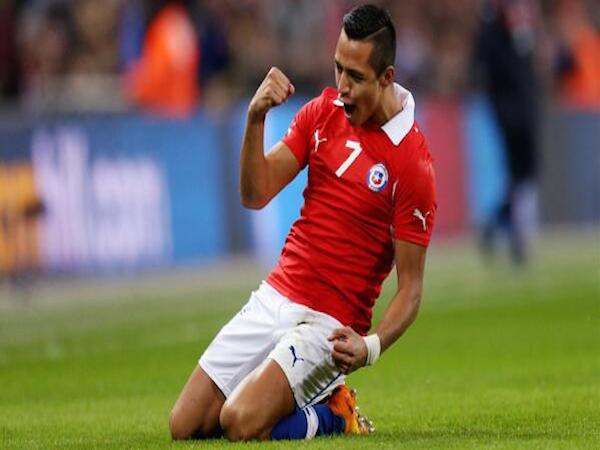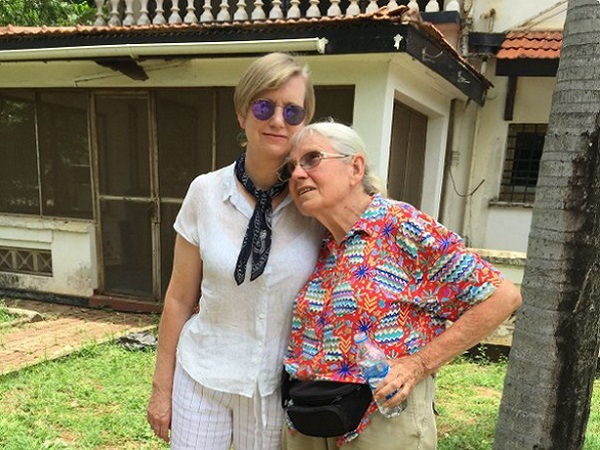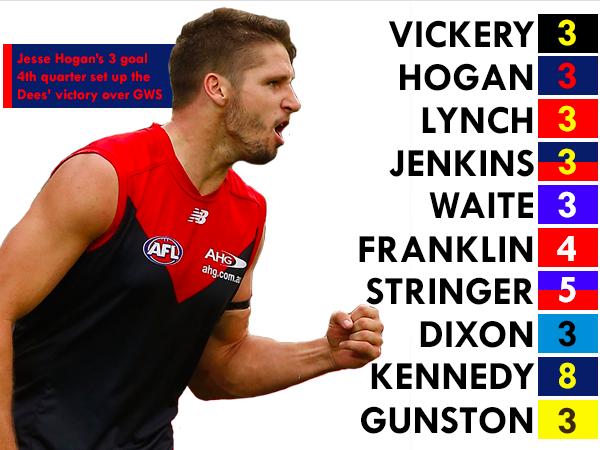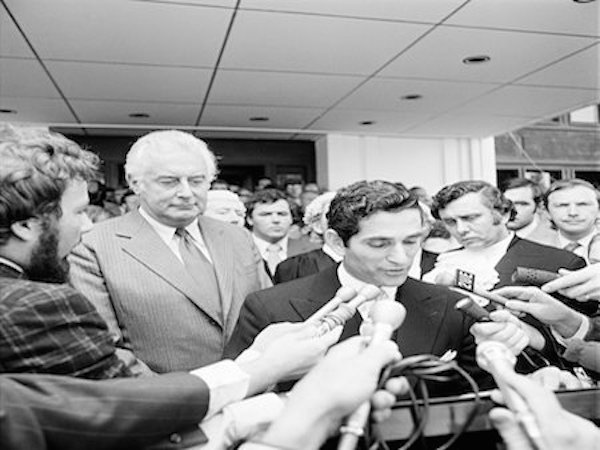Chile’s 2014 World Cup campaign began slowly through the qualifying period, but a change in manager soon brought about a change in fortunes.
La Roja came third in the South American qualification group for the World Cup, finishing behind Argentina and Colombia on 28 points.
The Chileans have developed a reputation for playing an ultra-offensive style of football in recent years. This was demonstrated during the qualifiers, when they scored 29 goals (and conceded 25) from 16 matches.
Argentinian manager Jorge Sampaoli is one of the main reasons for La Roja’s success. Before he took over as coach in December 2012, the Chileans were sixth in the CONMEBOL standings after playing nine games.
Sampaoli had replaced his compatriot Claudio Borghi as coach and he soon brought back the attacking philosophies of another Argentine in Marcelo Bielsa.
Alexis Sanchez bagged 3 outstanding assists for Chile in 3-2 win over Egypt http://t.co/Aj4CLlztYZ pic.twitter.com/zJvz1rRUyZ” Sign him now @LFC
— Sam Griffiths (@grifslfc7) June 1, 2014
Bielsa was in charge of the Chileans in South Africa four years ago, in which they reached the second round. They eventually lost 3-0 to Brazil, but won over plenty of neutrals with their style of play.
Bielsa was known for predominantly using the 3-4-3 formation and to encourage his players to put pressure on the opposition all over the pitch.
Sampaoli has also encouraged a cavalier approach, like Bielsa, as well as the pressing tactic, but his team now has the flexibility to change formation when required.
Central midfielder Arturo Vidal is the key player for the Chileans, having scored five goals during World Cup qualification. He also scored 11 goals in 32 Serie A games for Italian giants Juventus and got six assists last season.
Vidal may have just returned from knee surgery, but he managed to come off the bench in Chile’s 2-0 friendly win against Northern Ireland and set up a goal.
Not far behind him is striker Alexis Sanchez, who scored four goals in the World Cup qualifiers. Sanchez had an impressive season with Spanish giants Barcelona, scoring 19 goals from 34 matches and providing a further 12 assists.
Some of the other stars in this Chilean side are forward Eduardo Vargas, who plays for Spanish club Valencia, and playmaker Jorge Valdivia, who plays for Brazilian club Palmeiras.
Defensively is where Chile is expected to have problems, mostly due to the team’s all-out attacking mentality.
Despite some flaws at the back, there remains quality in the likes of goalkeeper Claudio Bravo, wing-back Mauricio Isla and centre-back Gary Medel.
Bravo plays in Spain for Real Sociedad and Isla is a teammate of Vidal’s at Juventus.
Medal is also an important player for his country thanks to his versatility. Best known as a central defender, he can also play as a right-back and in central midfield.
La Roja will be without attacking midfielder Matias Fernandez, who suffered an injury to his right ankle. The midfielder, who plays for Italian club Fiorentina, scored three goals in the qualifiers.
Chile is drawn Group B with Spain, the Netherlands and Australia. It is likely that the Chileans will be battling out with the Dutch for second place in the group behind the Spaniards.
After that things are expected to get harder for La Roja. Assuming that it qualifies for the second round, it would be expected to face hosts Brazil in the knockout stage.
Chile’s best performance at the World Cup was in 1962, when it hosted the tournament and finished third overall.
La Roja defeated Italy 2-0 in the group stage in the infamous Battle of Santiago, before losing 4-2 to eventual winners Brazil in the semi-finals. Unfortunately, repeating those heroics might be a stretch even for this talented generation of stars.
Even if the Chileans are not be expected to go too far in the tournament, they will be expected to go out in style.
Vito Doria is a second-year Bachelor of Sport Journalism student at La Trobe University. You can follow him on Twitter: @VitoCDoria







